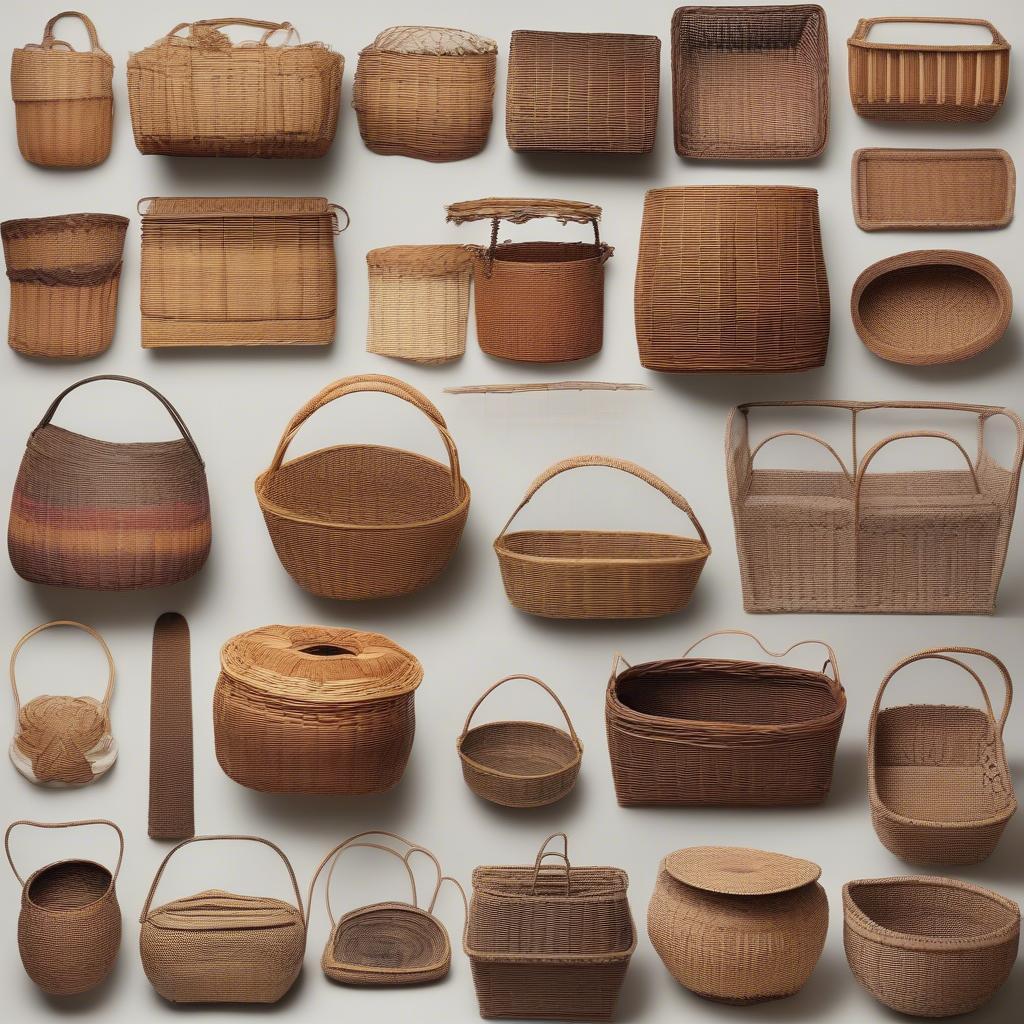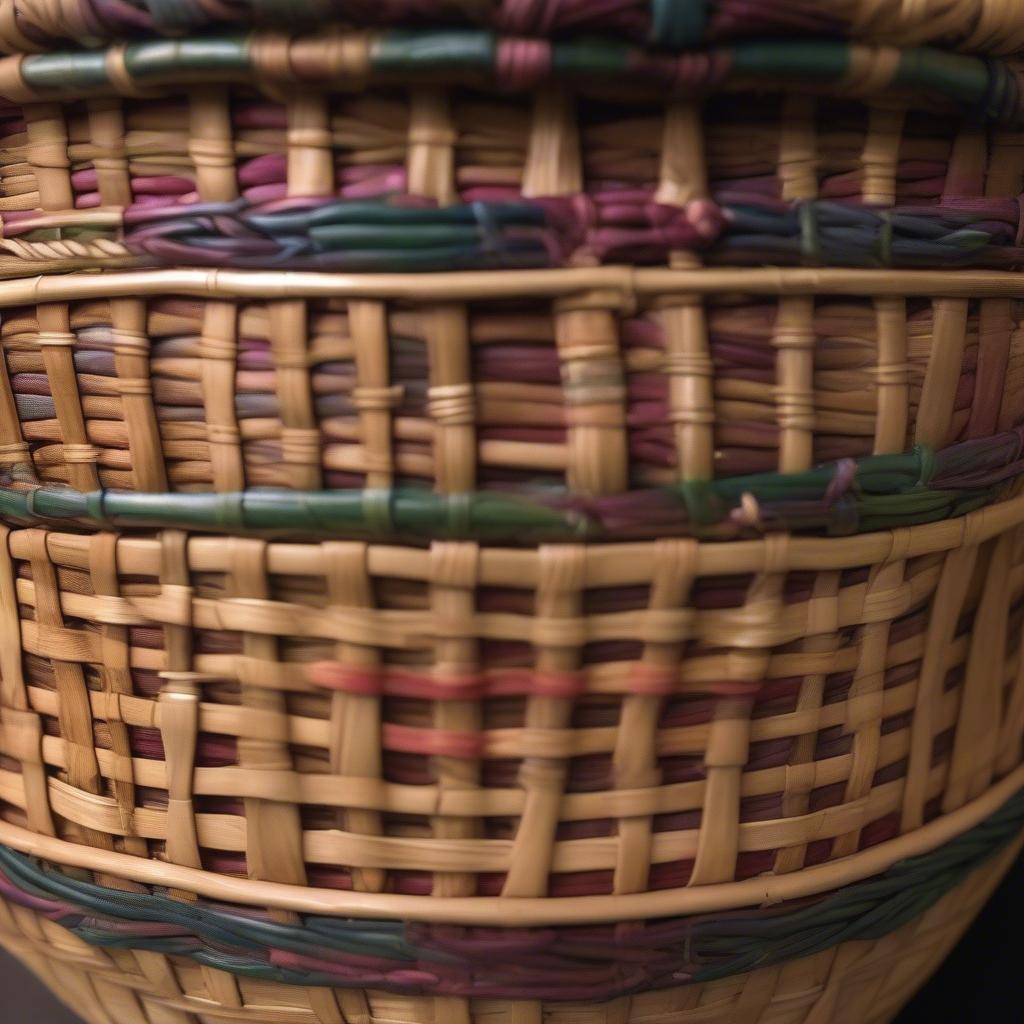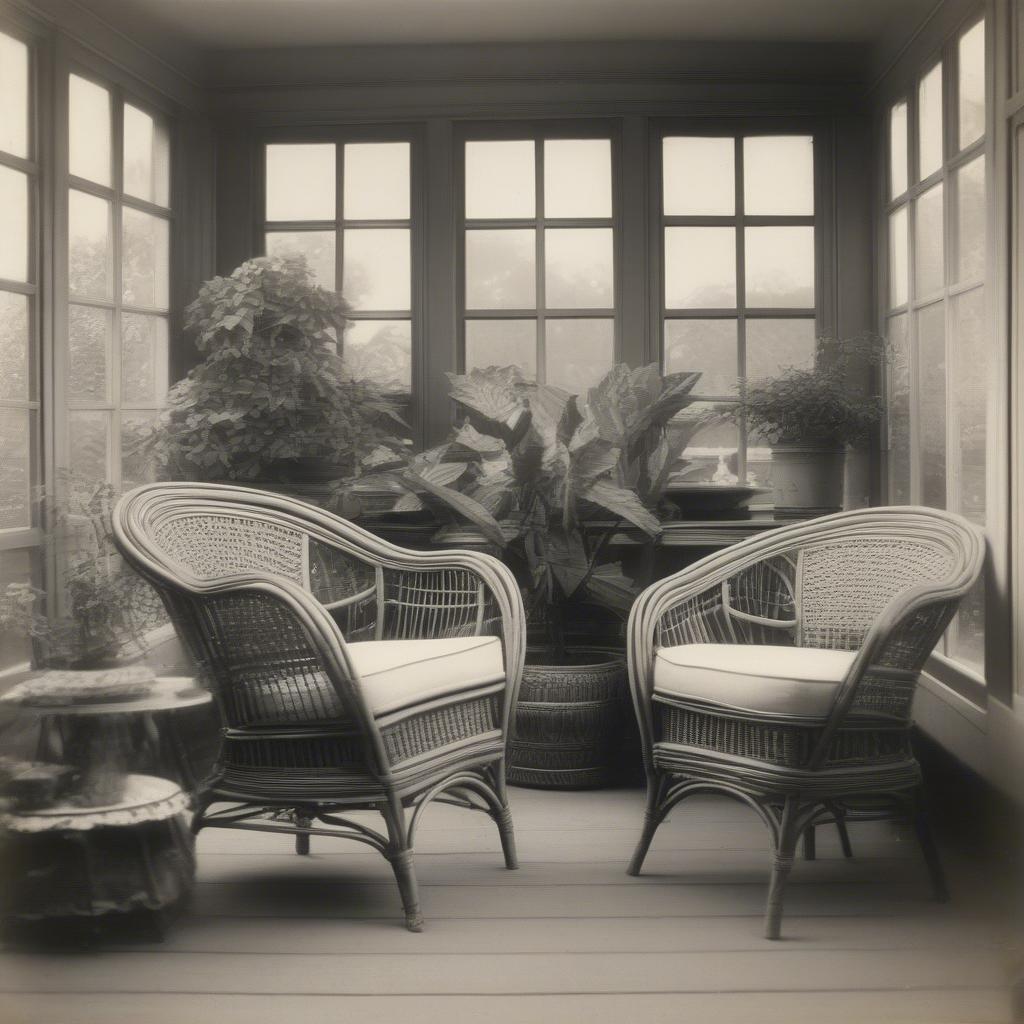Basket Weaving
Basket Weave in the Early 20th Century: A Look at Materials and Techniques
Basket weave in the early 20th century saw a fascinating blend of traditional techniques and emerging styles. From practical household items to decorative pieces, basket weaving reflected the changing times and artistic influences of the era. This article delves into the world of basketry during this period, exploring the materials, techniques, and cultural significance of these handcrafted treasures.
Materials of Choice: Wicker and Rattan Reign Supreme
The early 1900s saw the continued popularity of natural materials like wicker and rattan in basket weave. Wicker, referring to the weaving process rather than a specific material, often utilized willow, reed, and cane. Rattan, known for its strength and flexibility, became a staple for furniture and larger baskets. These materials were readily available, sustainable, and lent themselves beautifully to the intricate designs of the time.
What distinguished early 20th-century basketry was the occasional incorporation of new materials. The rise of industrialization brought access to dyed reeds and synthetic fibers, adding a splash of color and durability to traditional designs. This innovation allowed artisans to experiment with new patterns and aesthetics, catering to evolving tastes.
 Early 20th Century Wicker Baskets
Early 20th Century Wicker Baskets
Basket Weave Techniques: A Legacy of Craftsmanship
Basket weaving in the early 20th century embraced a rich heritage of techniques passed down through generations. Traditional patterns like the plain weave, twill weave, and wicker weave formed the foundation of many designs. These techniques, while simple in principle, allowed for intricate variations and personalized touches.
The Rise of Decorative Basketry
Beyond their utilitarian purpose, baskets also served as decorative objects. The Arts and Crafts movement, prominent in the early 20th century, championed handcrafted items and natural materials. This led to a surge in the creation of elaborately woven baskets adorned with embellishments like ribbons, beads, and painted details. These decorative baskets became cherished possessions, reflecting the artistic sensibilities of their owners. They often featured more complex weaves and incorporated floral motifs or geometric patterns, demonstrating the skill and creativity of the artisan.
 Decorative Basket Weave, Early 20th Century
Decorative Basket Weave, Early 20th Century
“The early 20th century was a time of experimentation in basket weaving,” notes Amelia Reed, a renowned historian specializing in folk arts. “Artisans weren’t afraid to blend traditional techniques with new materials and designs, resulting in a unique and diverse range of basketry.”
The Cultural Significance of Basket Weaving
Basket weave in the early 20th century held deep cultural significance. For many communities, basket making represented a vital source of income and a way to preserve cultural heritage. Indigenous communities continued to practice their unique basketry traditions, passing down intricate patterns and weaving techniques through generations. These baskets served not only as functional objects but also as expressions of cultural identity and artistry.
 Rattan Furniture, Early 20th Century
Rattan Furniture, Early 20th Century
“Basket weaving was more than just a craft; it was a way of life,” explains Dr. William Cane, an anthropologist specializing in material culture. “The baskets themselves tell stories of the people who made them, reflecting their skills, traditions, and connection to the natural world.” Basketry played a key role in daily life, from gathering and storage to trade and commerce. mccoy flower basket weave planter tan color
Conclusion: A Timeless Craft
Basket weave in the early 20th century continues to inspire artisans and collectors alike. The beauty, functionality, and cultural significance of these handcrafted pieces ensure their enduring appeal. Whether it’s a simple wicker basket or an elaborately woven rattan chair, basket weave from this era offers a glimpse into a time when craftsmanship and artistry were deeply intertwined. hansens cakes basket weave basket weave sport coat
FAQ
- What were the most common materials used for basket weave in the early 20th century?
- How did the Arts and Crafts movement influence basketry during this period?
- What is the difference between wicker and rattan?
- Where can I find antique baskets from the early 20th century?
- How can I identify different basket weave patterns? carnival glass bowl dugan fanciful basket weave white ice basket weave carnival glass
Need assistance with your basket weaving journey? Contact us at Hanoi, Vietnam or Tech Avenue, Suite 12, San Francisco, CA 94105, USA. We have a 24/7 customer service team ready to help.
